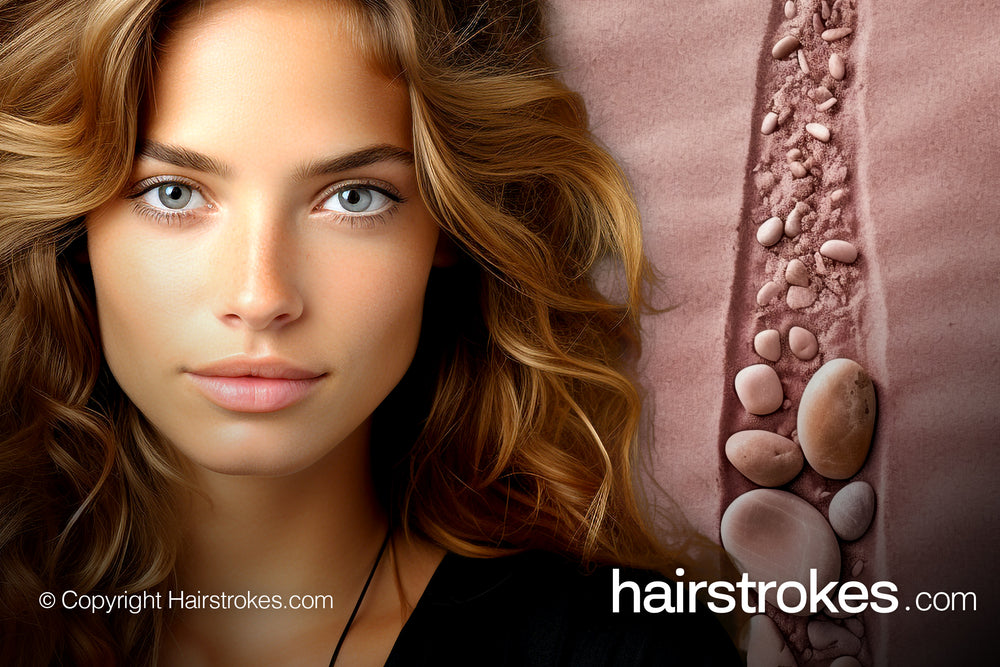5. Third phase
Sealing of the basal membrane
The "sealing" of the basal membrane is a crucial event typically occurring during the Regeneration Phase, usually between days 6 to 14 post-procedure. The basal membrane is an essential barrier between the outermost skin layer (epidermis) and the deeper second layer (dermis). It's also the origin site for new skin cells, which are crucial for healing and regeneration of the treated area.
Initially, due to the micro-wounds created during the Powder Brows or Hairstrokes procedure, the basal membrane is temporarily "open," allowing the pigment to settle into the skin. As healing progresses, the basal membrane begins to "seal," closing off the deeper layers from the external environment. New skin cells generated at the basal membrane facilitate this sealing process, which migrates upwards to cover the area, enhancing protection and reducing infection risks.
Simultaneously, pigment particles become encapsulated within these new cells and skin layers, a vital step for the longevity of the Powder Brows or Hairstrokes look. This encapsulation effectively "traps" the pigment within the skin, preserving the color vibrancy and definition of the brows for an extended period. The sealing of the basal membrane is akin to a lock, securing the pigment firmly within the regenerating skin cells.
For this reason, clients must adhere strictly to aftercare guidelines to support the basal membrane's sealing process. Neglecting proper aftercare can disrupt both the membrane's closure and the pigment's encapsulation, potentially leading to suboptimal results. The intricate relationship between the basal membrane and pigment particles highlights the body's natural healing prowess and the scientific precision underpinning Powder Brows or Hairstrokes, culminating in beautiful and enduring results when properly executed.
The Phenomenon of “Brows Falling Off”
The phenomenon of "brows falling off" is a common concern during the peeling stage of the healing process. This occurs as scabs naturally form over the treated area and then unevenly shed away. Consequently, the brows may appear significantly lighter, particularly towards the end of this phase, often around days 7 to 10 post-procedure.
The exact timing of this "peeling" peak during the Regeneration phase can vary between individuals but is an unavoidable aspect of healing. This period is critical as it's when many clients tend to experience heightened anxiety. Clients might become unduly worried without the artist's proper explanation about what to expect during the healing process, leading to disappointment and even accusations. Therefore, thorough communication about this natural shedding process and reassurance about the eventual outcome are essential to manage client expectations and alleviate undue stress.



